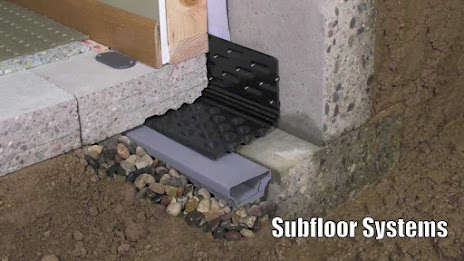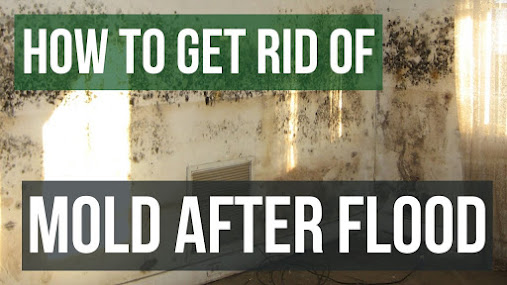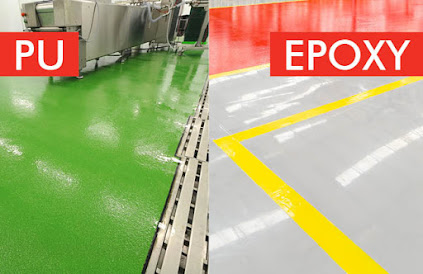Get to know the diagnosis techniques for Concrete Structure
Diagnosis Techniques for concrete structures elaborates on the techniques available to diagnose the structure concrete members using non-destructive and partial destructive techniques.
Following are
Diagnosis Techniques for Concrete Structures:
· Visual assessment
· Hammer or Chain- delamination’s
· Covermeter – Presence of reinforcement
· Chloride Analysis
· Phenolphthalein test for Carbonation
· Half Cell measurement
· Resistivity
· Corrosion rate (linear polarisation)
· Permeability
· Ultrasonics
· Petrography
· Radar
Visual Inspection and Sounding Survey: Construction chemical suppliers are the Starting Point for any inspection. This gives an overall picture of the distress. It also helps in understanding the requirement for Diagnostic Tests. In addition, data obtained like the type of cracks, deflections, settlement etc., throws light on the stability & serviceability of the structure.
Chloride Analysis Testing: Sample collected either by drilling or crushed core or lump samples. Chloride penetration profiles for various locations determine the present and predict the future extent of the problem. For Chemical analysis, samples were powdered and acid and water-soluble chlorides were measured.
Half Cell Potential Measurement: The known top construction chemical company in India half cell is connected electrically to the steel. It is placed in contact with the dampened concrete surface, and the pore solution acts as an electrolyte for the steel in the concrete. The potential difference between copper and steel is measured.
Rebound Hammer Testing: Construction material manufacturers test helps in the Measurement of the hardness of a concrete surface.
This gives a Correlation chart between the compressive strength of concrete and rebound number. Readings are sensitive to local variation. Several readings both in damaged and undamaged regions are required. It isn't easy to do a test in spalled concrete. Average rebound number > 40 refer to the quality of concrete perfect hard layer, number 30 to 40 good layer, number 20 to 30 creamy layer, number <20 poor concrete and number zero is laminated concrete.
Ultrasonic plus Velocity Testing: When the ultrasonic pulse is induced on the boundary of the concrete member, the time interval is measured for the pulse to travel to the opposite boundary or travel back to the same boundary. The velocity of the pulse determines the quality of concrete.
Purpose of test: This test is used for initial fire damage assessment and post-repair condition of members. It should not be conducted for excessively spalled concrete. If grading as per U.P.V. is doubtful, then a core test is to be conducted.





Comments
Post a Comment